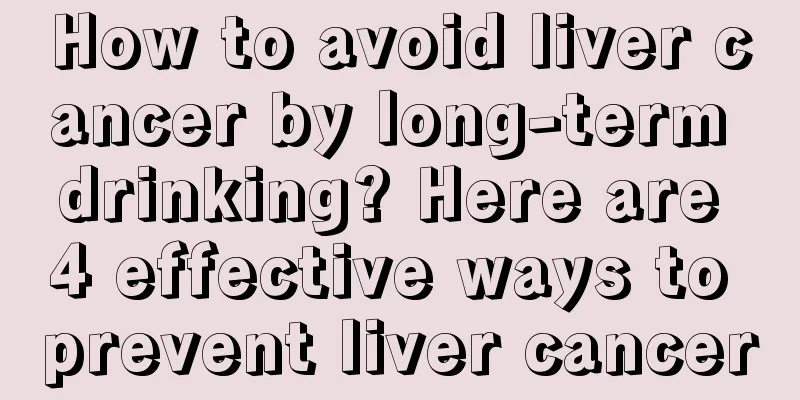What is the normal heart rate of the human body

|
Many of my friends may have a certain understanding of the normal heart rate of the human body, but they may not know what kind of situation the heart rate corresponds to. In fact, the normal heart rate of an adult is 60 to 100 beats, while the heart rate of an infant or young child is relatively faster. If we check our heart rate in life and find that it is not within the normal range, it may be caused by a problem with our heart. The heart rate of a healthy adult is 60 to 100 beats per minute, most of them are 60 to 80 beats per minute, and women are slightly faster; children under 3 years old are often above 100 beats per minute; the elderly are slower. Heart rate can vary depending on age, gender, and other physiological conditions. The heart rate of a newborn is very high, reaching over 130 beats per minute. Among adults, women generally have a slightly faster heart rate than men. For the same person, the heart rate slows down when the person is at rest or sleeping, and speeds up when the person is exercising or emotionally excited. Under the influence of certain drugs or neurohumoral factors, the heart rate can speed up or slow down. People who regularly engage in physical labor and exercise usually have a slower heart rate. A heart rate of more than 100 beats per minute in an adult (generally not more than 160 beats/minute) or more than 150 beats/minute in an infant is called sinus tachycardia. It is common in normal people after exercise, excitement, agitation, smoking, drinking and strong tea. It can also be seen in fever, shock, anemia, hyperthyroidism, heart failure and the use of atropine, epinephrine, ephedrine, etc. If the heart rate is between 160 and 220 beats per minute, it is often called paroxysmal tachycardia. A heart rate lower than 60 beats/minute (generally above 40 beats/minute) is called sinus bradycardia. It can be seen in people who engage in heavy physical labor for a long time and in athletes; pathologically, it can be seen in hypothyroidism, increased intracranial pressure, obstructive jaundice, and overdose or poisoning of digitalis, quinidine or propranolol. If the heart rate is less than 40 beats/min, atrioventricular block should be considered. A heart rate that is too fast, exceeding 160 beats/minute, or less than 40 beats/minute, is mostly seen in patients with heart disease. Patients often experience palpitations, chest tightness, and discomfort in the precordial area. A detailed examination should be conducted early so that treatment can be targeted at the cause. This article introduces us in detail the normal heart rate of the human body. I hope you can understand it well in your life. This will be of great help in treating heart disease in your life. In our daily life, we should remember the indicators of normal human heart rate introduced in the article so that we can analyze whether our heart rate is normal. |
<<: Benefits of Rose Foot Bath
>>: You can't take a hot bath immediately after drinking
Recommend
What to do if the cervical spine makes a crackling sound
With the popularization of office automation, mos...
What harm do aphrodisiacs do to the body
Do you know any aphrodisiacs? In fact, aphrodisia...
Can the bitter taste in the mouth after radiotherapy for nasopharyngeal carcinoma heal on its own?
Can the bitter taste in the mouth caused by radio...
Which aspects should be taken into consideration when caring for fibroids
We often hear that people around us have this tum...
What foods can keep you away from liver cancer? Don't drink this kind of water to prevent liver cancer
For any kind of malignant tumor, prevention shoul...
What are the dangers of having kidney cancer?
Kidney cancer is one of the tumor diseases that s...
How to make honey grapefruit tea, what are the effects of honey grapefruit tea
Pour in a cup of pure water and stir gently with ...
My throat hurts so much that it hurts to swallow saliva
Sore throat is a very common symptom in daily lif...
What is the latest method for treating liver cancer? 2 points to note after liver cancer treatment
The Medical School of the University of Regensbur...
Which is better, tampons or sanitary napkins?
Tampons are a foreign product introduced from som...
Will parents' severe myopia be passed down to their children?
High myopia of parents will be passed on to their...
Is it better to do an X-ray on an empty stomach or after a meal?
X-ray examination is a frequently used examinatio...
What are the main causes of recurrent pharyngitis?
Pharyngitis is a relatively common type of inflam...
After 40, three kinds of pain will kill you
Introduction: As we age, various pains will follo...
Oral rotavirus vaccine
Many people don’t know much about oral rotavirus ...









